
views
Stitching Small Holes Closed

Turn the jersey knit fabric inside out. Locate the hole that you'd like to mend and turn the fabric inside out so you can see the loops on the edge of the hole easier. It's important to mend the wrong side so your stitches aren't visible on the right side of the fabric. This method works best for holes that are less than ⁄4 inch (0.64 cm) in size.

Thread a needle with thread that matches the color of the fabric. Unwind at least 12 inches (30 cm) of the thread and cut the end. Then, push 1 end of the thread through the eye of a sewing needle and tie a knot in the opposite end of the thread. To easily make a knot, wrap the end around your finger and roll the loop between your fingers a few times. Pinch the rolled thread and pull it tightly to secure the knot.
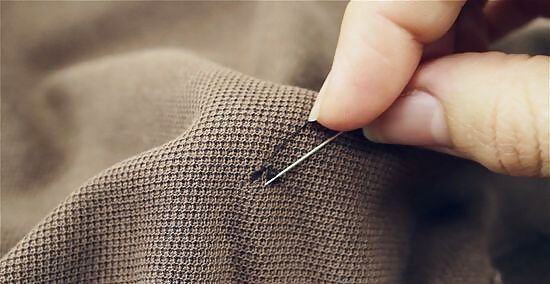
Make a stitch across the hole and pull gently. Insert the needle through 1 of the loops on the edge of the hole and pull until the knot catches. This brings the jersey knit fabric together so the hole isn't noticeable.Tip: If you're mending a hole that's larger than ⁄4 inch (0.64 cm) in size, cut a swatch of jersey knit fabric in the same color as your item so it's about 2 inches (5.1 cm) larger than the hole. Then, place it over the hole and use a running stitch to stitch the swatch to the surrounding fabric. Avoid pulling tightly or you'll make the fabric pucker noticeably.

Keep stitching the fabric to sew the hole shut. Put the tip of the needle through the opposite side of the hole and pull gently to bring the fabric together. Repeat this a few times around the other sides of the hole so it's completely secure. Stitching around all sides of the hole ensures that the hole stays sewed shut.
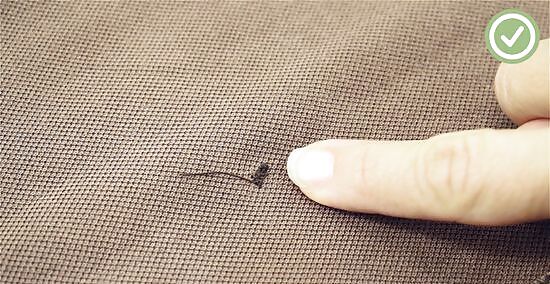
Tie off the knot and trim excess thread. Once you've fixed the hole, bring the needle through your last loop and pull to knot the end of the yarn. Then, cut the yarn tail so you leave just 1 inch (2.5 cm) of thread hanging from the end of the knot. Turn your fabric right-side out. If you cut the excess thread right at the knot, you risk cutting into the knot.
Ironing on Fusible Interfacing
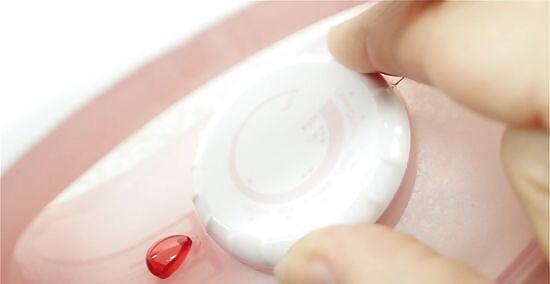
Heat an iron to the wool setting. Set your iron on an ironing board or stable heatproof surface and plug it in. Turn the iron to the wool setting, which is sometimes numbered 4 or 5. If your iron doesn't have a wool setting, turn it to a medium-high setting. The wool setting is hot enough to melt the fusible web interfacing so you can mend the hole.
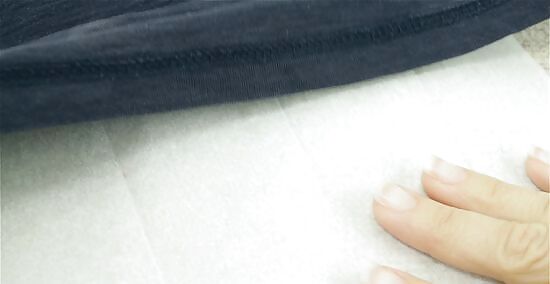
Place the fabric on parchment paper and set it on an ironing board. Since you'll be heating the fusible interfacing onto the fabric, set up your ironing board. Place a sheet of parchment paper on the board. Then, turn the jersey fabric inside out and put it on the paper. The parchment paper prevents glue from the fusible interfacing from leaking through the fabric and onto the ironing board.
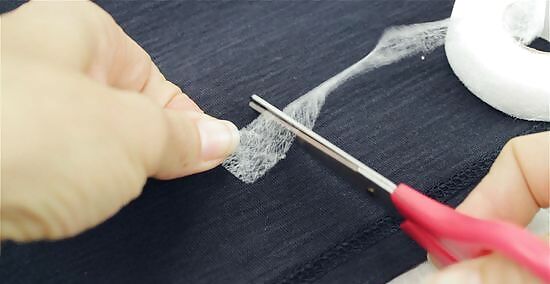
Cut a piece of fusible web interfacing that's larger than the hole. Get out ultra-lightweight fusible web interfacing that you can buy at a craft supply or sewing store. Cut a square of interfacing that's large enough to cover the hole by about 1 inch (2.5 cm). Set it over the hole.Tip: If you're having trouble finding fusible web interfacing at the store, look in the notions (small sewing accessories) aisle.
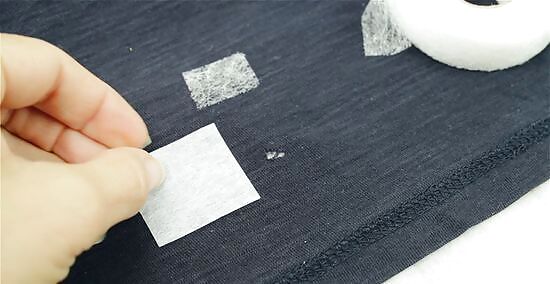
Put a piece of cut-away stabilizer over the web interfacing. Cut a square of lightweight cut-away stabilizer that's about ⁄2 inch (1.3 cm) larger than the web interfacing. Place the stabilizer directly over the interfacing. If you're fixing a hole that's larger than ⁄4 inch (0.64 cm), apply a patch of jersey fabric instead of stabilizer. Cut a piece of jersey fabric that matches the color of your item and set it on the web interfacing before ironing it in place. The cut-away stabilizer supports the fabric where the hole is at so it's less likely to tear again.
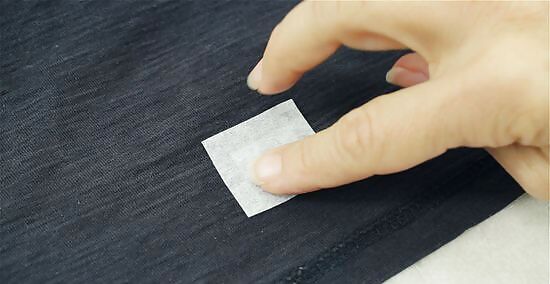
Lay a cloth over the fabric and spray it with water until it's damp. Place a clean cloth or towel on the jersey fabric. Ensure that you don't move or slide the web interfacing or stabilizer. Then, spritz the clean cloth with water just until it's damp. The moisture in the cloth prevents the fabric from creasing as you iron over it.
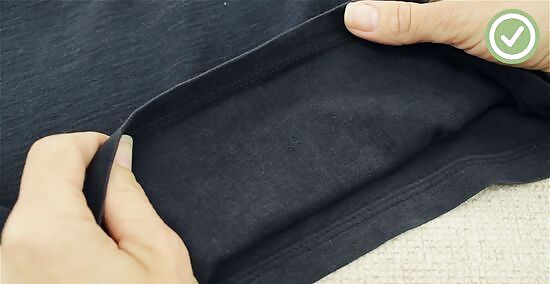
Press the iron on the cloth and hold it there for 10 seconds. Set the iron on the clean cloth that you laid on the jersey knit fabric. Don't move the iron while it's on the fabric. This gives the web interfacing time to fuse to the stabilizer and jersey fabric. If you still see a slight hole when you flip the fabric to the right side, use your fingertip to pull the gap closed. Then, iron directly on the fabric for 10 seconds.















Comments
0 comment